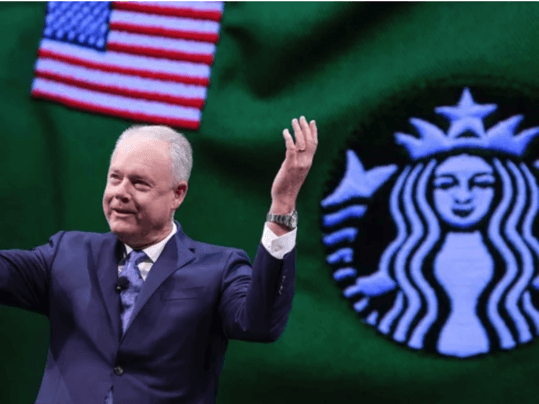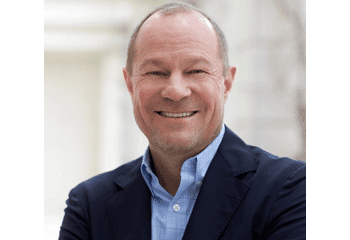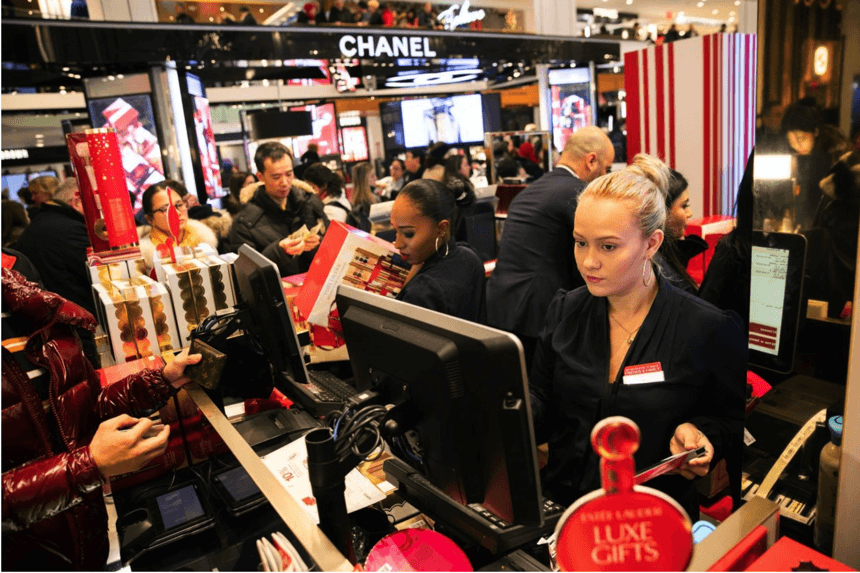Income inequality is a growing problem in the United States. In cities across the country, the rich are getting richer while the poor are getting poorer. Perhaps nowhere is the problem more apparent than in the corporate world. In some of the largest and most recognizable global companies, chief executives earn in less than an hour as much as their typical employee earns in an entire year.
MyLogIQ, a data aggregator of public companies, recently released a report comparing total CEO compensation to median employee compensation for companies on the S&P 500 index. 24/7 Wall St. reviewed the report to identify the 13 companies where the CEO makes at least 1,000 times the salary of their typical employee.
These immense differences in compensation between CEOs and their typical employees in some cases are the product of extremely high CEO compensation – over $100 million in one case. More often, however, it is a combination of large CEO pay (the lowest is $8.8 million) and very low median employee annual pay, as many of these companies employ part-time or seasonal workers. Indeed, some of these companies rank among those that owe their employees a raise.


